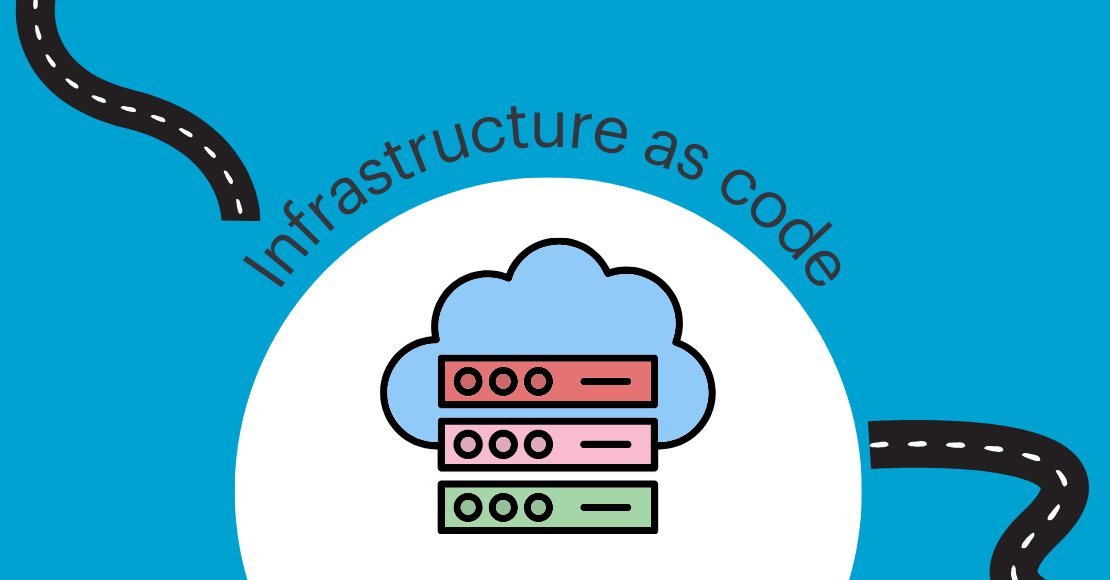This blog post covers how to automate infrastructure policy checking in Azure using Terraform and Open Policy Agent (OPA). Learn about infrastructure as code, compliance as code, and how OPA can be used for policy enforcement across cloud-native stacks. The blog also discusses how Azure Resource Manager and Azure Resource Manager templates can be used for infrastructure as code.
Watch the webinar Automating Terraform Azure Infrastructure Policy Checking
This blog is based on the webinar Automating Terraform Azure Infrastructure Policy Checking. You can rewatch the whole webinar here:
RELATED COURSE
Compliance as Code with Terraform and OPA
This course will teach participants how to use automation to enforce compliance on infrastructure as code (IaC) scripts using Terraform.
Table of Contents
In this blog, we will teach you the following:
- Watch the webinar Automating Terraform Azure Infrastructure Policy Checking
- Table of Contents
- Infrastructure as Code (IaC)
- Compliance as Code
- Open Policy Agent (OPA)
- Azure Resource Manager and Azure Resource Manager Templates
- Conclusion
Infrastructure as Code (IaC)
Infrastructure as code is an IT practice that enables teams to code and manage the underlying IT infrastructure as software. This principle makes it easier for teams to automatically provision resources, regardless of manually configuring hardware, devices, and operating systems. Terraform is a powerful tool that uses a configuration language, making it easy to develop for multiple cloud platforms. Using Terraform, you can configure your cloud and elements and have a preview of the changes before deploying them to the cloud environment.
Compliance as Code
Compliance as code refers to codifying compliance controls, enabling the automation of compliance checks. Regulatory compliances, such as GDPR, HIPAA, and PCI DSS standards, are established by government authorities or industry groups. Compliance as code can be used for regulatory and internal compliance definitions. Open Policy Agent (OPA) is a powerful tool that allows organizations to deploy a single tool for policy enforcement across cloud-native stacks.
Open Policy Agent (OPA)
Open Policy Agent is an open-source general-purpose policy engine that unifies policy enforcement across the stack. OPA uses its own policy language called Rego, which accepts files. When developing infrastructure using Terraform, it can be difficult to validate the changes against the environment every time. OPA is used to write policies based on the changes that Terraform will make before it makes them, shortening the feedback loop.
Azure Resource Manager and Azure Resource Manager Templates
Azure offers a range of tools and services that make it easy to deploy and manage cloud-based infrastructure. One of the key features of Azure is its native support for Infrastructure as Code (IaC) through Azure Resource Manager (ARM) and Azure Resource Manager templates.
ARM provides a unified interface for managing and controlling your resources, making creating, deploying, and managing resources across multiple cloud providers, regions, and environments simple. With ARM, you can define infrastructure in code, which allows for easy automation and repeatability of deployments.
Azure Resource Manager templates, on the other hand, are a set of JSON files that provide a declarative syntax for defining infrastructure and configuration for your project. Templates can be used to create and deploy resources consistently and repeatedly, which helps ensure that your infrastructure is consistent across different environments. They also offer a range of benefits, including version control, testing, and collaboration.
Beyond ARM and Azure Resource Manager templates, Azure also supports a range of other tools and services for IaC. For example, Terraform is a popular open-source tool for building, changing, and versioning infrastructure safely and efficiently. Terraform has a large and active community, which means there are many pre-built modules available that you can use to deploy infrastructure quickly.
In addition to Terraform, Azure supports Open Policy Agent (OPA), a powerful tool for policy enforcement across cloud-native stacks. OPA allows organizations to deploy a single tool for policy enforcement, which can be used to validate changes against the environment before they are made. This can help shorten feedback loops and ensure that your infrastructure always complies with regulatory and internal standards.
Conclusion
Automating Azure infrastructure policy checking using Terraform and OPA is a powerful way to reduce manual effort and ensure compliance with regulatory and internal standards. The Everable platform provides an excellent course that covers all aspects of infrastructure as code, compliance as code, and Open Policy Agent. The hands-on lab exercises provide practical experience in automating infrastructure policy checking in Azure.
